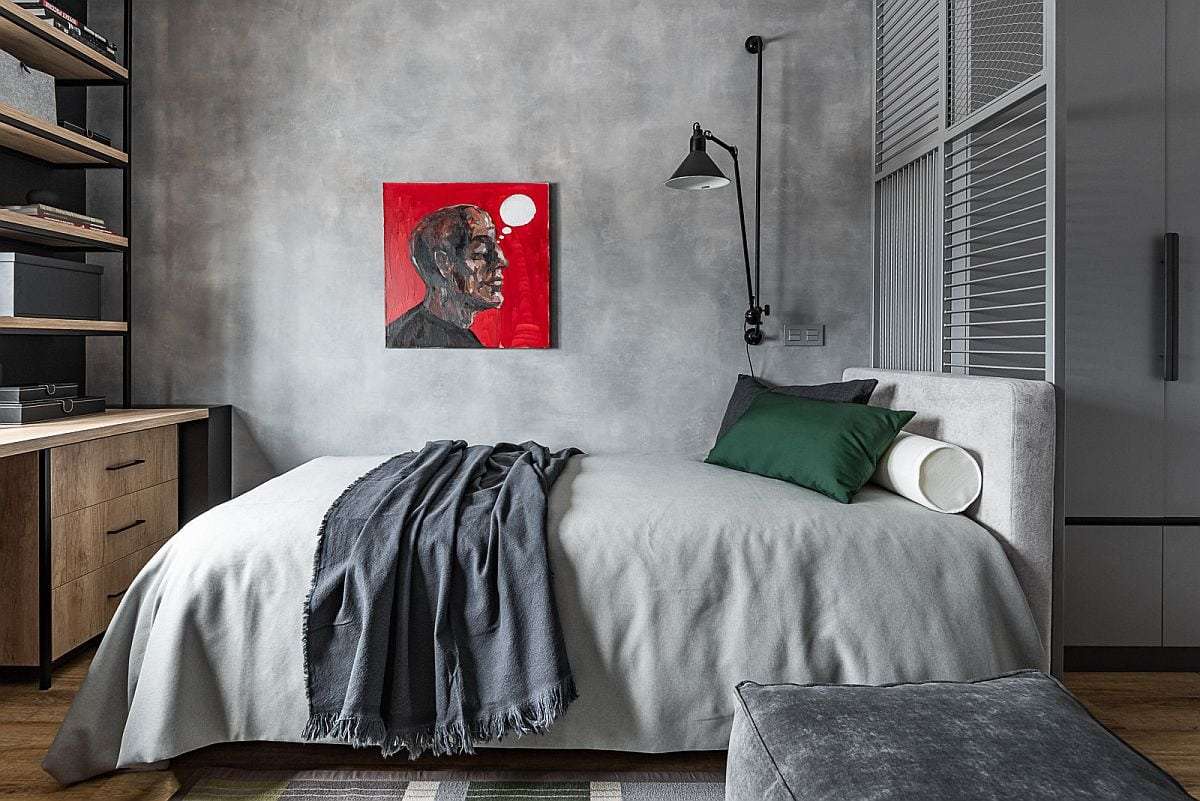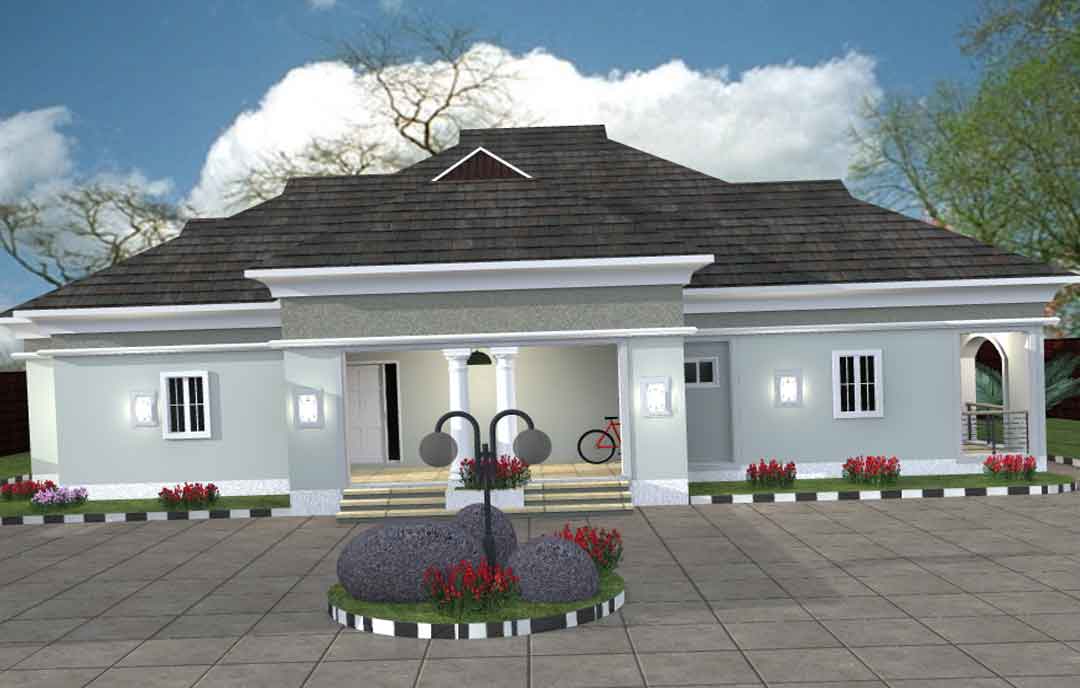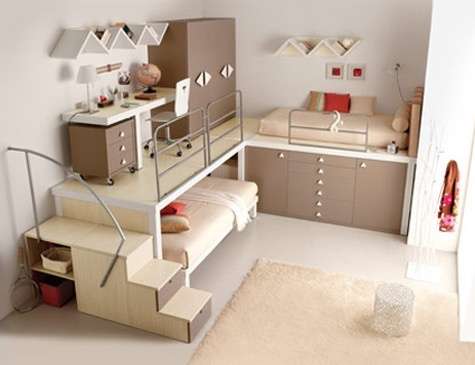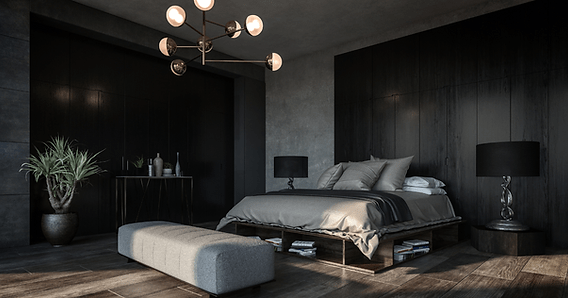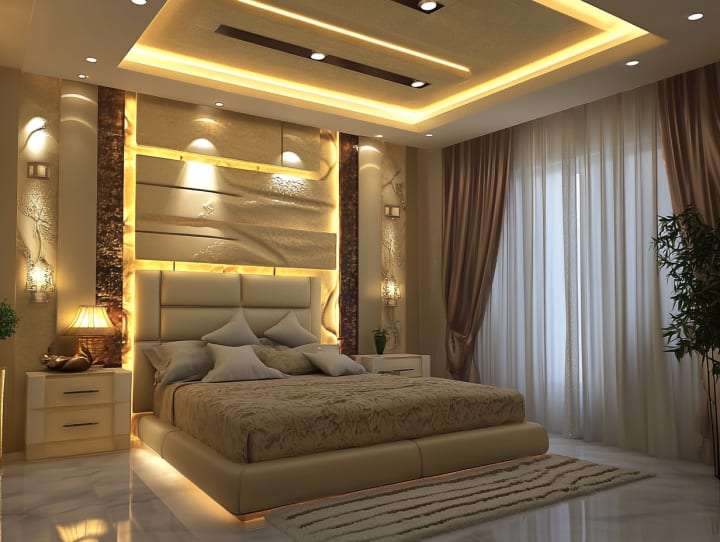Creating a stylish and functional bedroom in a small space, specifically tailored for men, requires careful planning and a focus on maximizing efficiency without sacrificing aesthetic appeal. Many men find themselves challenged by limited square footage, but with the right design choices, a small bedroom can become a comfortable and inviting sanctuary. The key is to prioritize essential furniture, utilize vertical space, and incorporate clever storage solutions to maintain a clutter-free environment. Ultimately, the perfect bedroom designs for small rooms mens should reflect individual personality and cater to practical needs, offering a space that is both relaxing and inspiring.
Maximizing Space and Functionality
Essential Furniture Choices
- Platform Bed with Storage: Opt for a platform bed with built-in drawers or under-bed storage to eliminate the need for a separate dresser.
- Wall-Mounted Nightstands: Save floor space by mounting nightstands to the wall instead of using traditional bedside tables.
- Multi-Functional Furniture: Consider a futon or sofa bed that can double as a seating area and guest bed.
Vertical Space Utilization
- Tall Bookshelves: Utilize vertical space by installing tall bookshelves to store books, decorative items, and other belongings.
- Wall-Mounted Shelves: Install shelves above the bed or desk to create additional storage without taking up valuable floor space.
- Hanging Organizers: Use hanging organizers in the closet to maximize storage for clothes, shoes, and accessories.
Creating a Masculine Aesthetic
Color Palette and Materials
Choosing the right color palette and materials is crucial for creating a masculine aesthetic in a small bedroom. Opt for neutral colors like gray, navy, black, and brown as a base, and incorporate pops of color through accessories and artwork. Consider using materials like wood, leather, and metal to add texture and visual interest.
Lighting and Accessories
- Task Lighting: Incorporate task lighting, such as a desk lamp or reading lamp, to provide focused illumination for specific activities.
- Ambient Lighting: Use ambient lighting, such as a floor lamp or string lights, to create a warm and inviting atmosphere.
- Minimalist Decor: Avoid clutter and opt for minimalist decor, such as a few carefully chosen pieces of artwork or decorative objects.
Storage Solutions for Small Bedrooms
Hidden Storage
One of the most effective ways to combat clutter in a small bedroom is to utilize hidden storage solutions. This includes furniture with built-in storage, such as ottomans with lift-up lids or benches with hidden compartments. Consider using storage bins and baskets to organize items under the bed or on shelves.
Open Storage
While hidden storage is essential, open storage can also be a valuable asset in a small bedroom. Use open shelves to display books, artwork, and other decorative items, creating a personalized and visually appealing space. However, be sure to keep open storage organized and clutter-free to avoid creating a sense of chaos.
Comparative Table: Storage Solutions
| Storage Solution | Pros | Cons |
|---|---|---|
| Under-Bed Storage | Maximizes unused space, hidden from view | Can be difficult to access, may require special containers |
| Wall-Mounted Shelves | Saves floor space, visually appealing | Requires installation, limited weight capacity |
| Storage Bins | Affordable, versatile, easy to move | Can be bulky, not always aesthetically pleasing |
Beyond the fundamental considerations of space and storage, the implementation of technological integrations can further enhance the functionality and comfort of a compact male bedroom. Smart lighting systems, controllable via mobile devices or voice command, offer customizable ambiance and energy efficiency. Integrated sound systems, discreetly embedded within the room’s architecture, provide an immersive auditory experience without occupying valuable surface area. Furthermore, the incorporation of motorized window treatments allows for precise control of natural light and privacy, contributing to a more refined and sophisticated living environment.
ADVANCED DESIGN CONSIDERATIONS
ERGONOMICS AND USER EXPERIENCE
A well-designed small bedroom prioritizes ergonomics to ensure optimal comfort and functionality. The placement of furniture should facilitate ease of movement and accessibility. The height of the bed, desk, and other furniture should be carefully considered to promote proper posture and reduce strain. Furthermore, the user experience can be enhanced through the strategic placement of power outlets and charging stations, minimizing clutter and maximizing convenience.
BIOPHILIC DESIGN PRINCIPLES
Integrating elements of nature into the bedroom design can promote relaxation and well-being. This can be achieved through the incorporation of indoor plants, natural materials, and artwork depicting natural scenes. The use of natural light, whenever possible, is crucial for creating a sense of openness and connection to the outdoors. Furthermore, the selection of fabrics and textiles with natural fibers can enhance the tactile experience and contribute to a more soothing and restorative environment.
SPECIFIC DESIGN STYLES
MINIMALIST MODERN
This style emphasizes clean lines, geometric shapes, and a monochromatic color palette. Furniture is typically simple and functional, with a focus on maximizing space and minimizing clutter. Materials are often sleek and modern, such as stainless steel, glass, and concrete. The overall effect is one of understated elegance and sophistication.
INDUSTRIAL CHIC
This style draws inspiration from industrial spaces, such as factories and warehouses. Exposed brick, concrete floors, and metal accents are common features. Furniture is often repurposed or vintage, with a focus on functionality and durability. The color palette is typically neutral, with pops of color provided by artwork and accessories.
SCANDINAVIAN SIMPLICITY
This style emphasizes natural light, warm colors, and natural materials. Furniture is typically simple and functional, with a focus on comfort and practicality. The color palette is typically light and airy, with pops of color provided by textiles and artwork. The overall effect is one of warmth, comfort, and tranquility.
COMPARATIVE TABLE: DESIGN STYLES
Design Style
Key Features
Suitable For
Minimalist Modern
Clean lines, geometric shapes, monochromatic palette
Those who value simplicity, order, and sophistication
Industrial Chic
Exposed brick, metal accents, repurposed furniture
Those who appreciate urban aesthetics and raw materials
Scandinavian Simplicity
Natural light, warm colors, natural materials
Those who seek comfort, tranquility, and a connection to nature
In summation, the creation of a sophisticated and functional small bedroom for men necessitates a holistic approach encompassing space optimization, ergonomic considerations, biophilic design principles, and a carefully chosen design style. The successful implementation of these elements will result in a personalized sanctuary that promotes relaxation, productivity, and overall well-being. The ultimate goal is to transcend the limitations of the physical space and cultivate an environment that is both aesthetically pleasing and functionally superior. Further refinement can be achieved through continuous evaluation and adaptation to evolving personal preferences and technological advancements.
